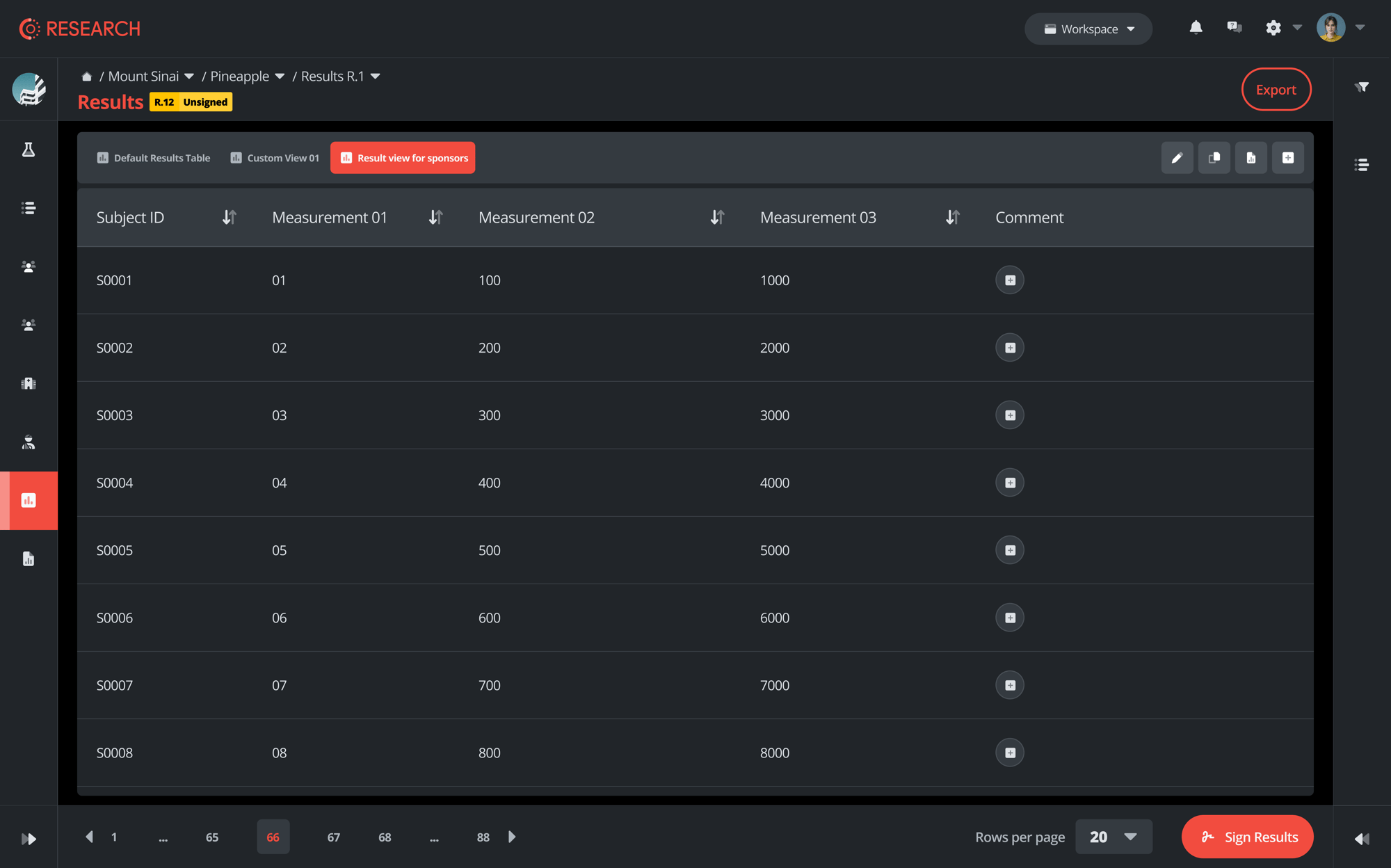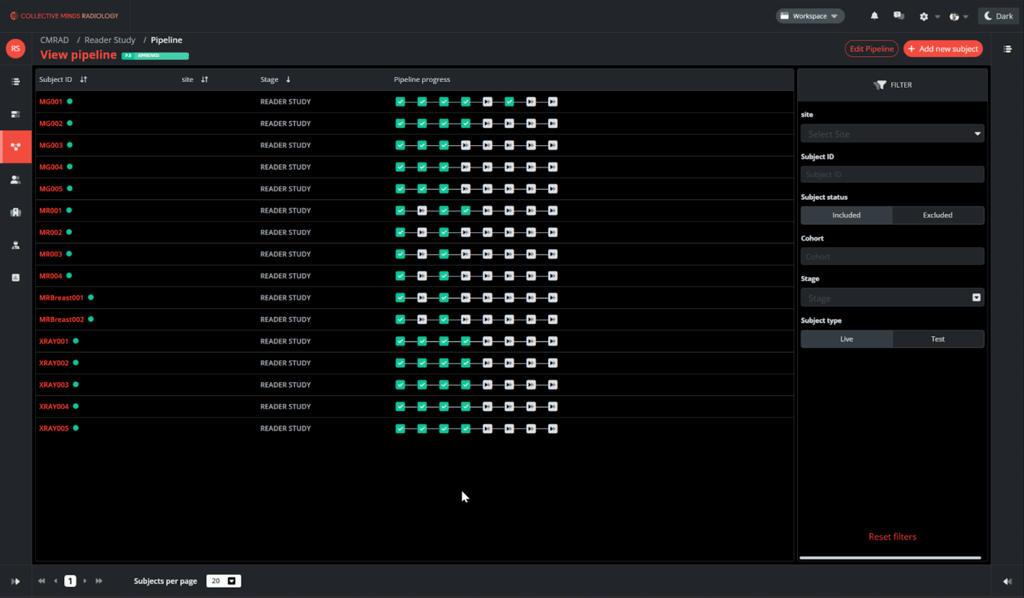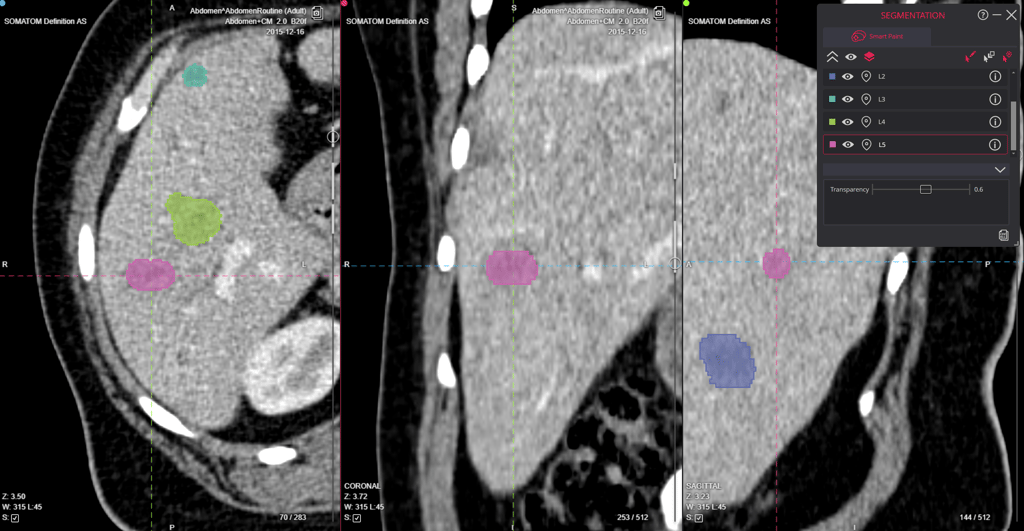Understanding Reader Studies in Medical Imaging: A Comprehensive Guide

Reader studies in medical imaging are structured research protocols where multiple radiologists evaluate sets of medical images to assess diagnostic accuracy, compare imaging technologies, or validate AI algorithms. These studies form the backbone of evidence-based imaging research and are crucial for advancing medical imaging technology and clinical practice.
What Makes an Effective Reader Study?
A well-designed reader study requires careful planning and consideration of multiple factors. The goal is to create a controlled environment that produces reliable, statistically significant results while maintaining real-world applicability.
Study Design Fundamentals
When designing a reader study, researchers must consider various elements that will impact the study's success and validity. Through our experience at Collective Minds Research, we've found that addressing these fundamental aspects early in the planning phase significantly improves study outcomes. According to research published in the American Journal of Roentgenology, key considerations include:
- Clear definition of study objectives
- Appropriate case selection and distribution
- Careful reader selection based on expertise
- Standardized reading conditions
- Robust statistical analysis plan
Reader Selection and Management
The success of a reader study heavily depends on choosing the right mix of radiologists and managing their participation effectively. While technical aspects are crucial, the human element often determines the quality of the results. When building your reader panel, several factors need careful consideration:
- Experience level and subspecialty expertise
- Time availability and commitment
- Geographic distribution (especially for multi-site studies)
- Potential conflicts of interest
Also Read: Multi-Site Reader Studies: Exploring Advances in Medical Imaging Research and AI Development
Best Practices for Study Implementation
Reading Environment
The reading environment plays a crucial role in ensuring consistent and reliable results. Based on our experience with numerous multi-center studies, we've identified several essential elements that must be standardized across all reading locations:
- Use consistent display monitors and lighting conditions
- Ensure proper calibration of viewing equipment
- Maintain comfortable room temperature and ergonomic setup
- Limit reading sessions to 2-3 hours to minimize reader fatigue
Case Selection and Distribution
The selection and distribution of cases can significantly impact study outcomes. Research from the National Center for Biotechnology Information emphasizes:
The distribution of cases—including disease prevalence and case difficulty—significantly influences study outcomes and must be carefully considered during study design.
Data Collection and Management
Modern reader studies generate substantial amounts of data that need to be carefully managed and analyzed. Today's specialized software platforms offer various features that streamline this process and ensure data integrity:
- Randomize case presentation
- Collect structured responses
- Track reading times
- Manage multi-site coordination
- Ensure data security and compliance
Also Read: How to Reduce Reader Disagreements in Clinical Trials for Medical Imaging
Statistical Considerations
Sample Size and Power
The statistical validity of a reader study depends heavily on proper sample size calculations. Before determining your sample size, consider these critical factors that will influence the statistical power of your study:
- Expected effect size
- Desired statistical power
- Reader variability
- Case difficulty distribution
Analysis Methods
Statistical analysis in reader studies requires specialized approaches to account for both reader and case variability. The most commonly employed methods in our field include:
- Receiver Operating Characteristic (ROC) analysis
- Multi-reader, multi-case (MRMC) analysis
- Kappa statistics for inter-reader agreement
- Confidence interval estimation
Quality Assurance and Validation
Training and Standardization
Quality assurance begins before the first image is read. A comprehensive preparation phase should include these essential elements to ensure consistency across all readers:
- Conduct reader training sessions
- Establish clear reading protocols
- Define standardized reporting criteria
- Create reference standards
Monitoring and Feedback
Active monitoring during the study helps maintain quality and address issues promptly. Our experience shows that regular oversight should include:
- Track reader progress and compliance
- Monitor data quality
- Address technical issues promptly
- Provide regular updates to stakeholders
Also Read: Collective Minds Research
Summary
Reader studies are essential tools in medical imaging research, requiring careful attention to design, implementation, and analysis. Success depends on proper planning, appropriate reader selection, standardized conditions, and robust statistical analysis. By following these guidelines and best practices, researchers can conduct high-quality studies that advance the field of medical imaging.
FAQ
Q: How many readers are typically needed for a reader study? A: Most studies require between 3-20 readers, depending on study objectives and statistical power requirements. The exact number should be determined during the study design phase based on statistical considerations.
Q: How long should reading sessions be? A: Reading sessions should typically not exceed 2-3 hours to minimize reader fatigue and maintain consistent performance throughout the study.
Q: What are the key factors in case selection? A: Key factors include disease prevalence, case difficulty distribution, image quality, and representation of various clinical scenarios relevant to the study objectives.
Q: How can reader bias be minimized? A: Reader bias can be minimized through randomized case presentation, standardized reading conditions, proper training, and clear reporting criteria.

Reviewed by: Rebeca Sanz Barriuso on October 30, 2024




